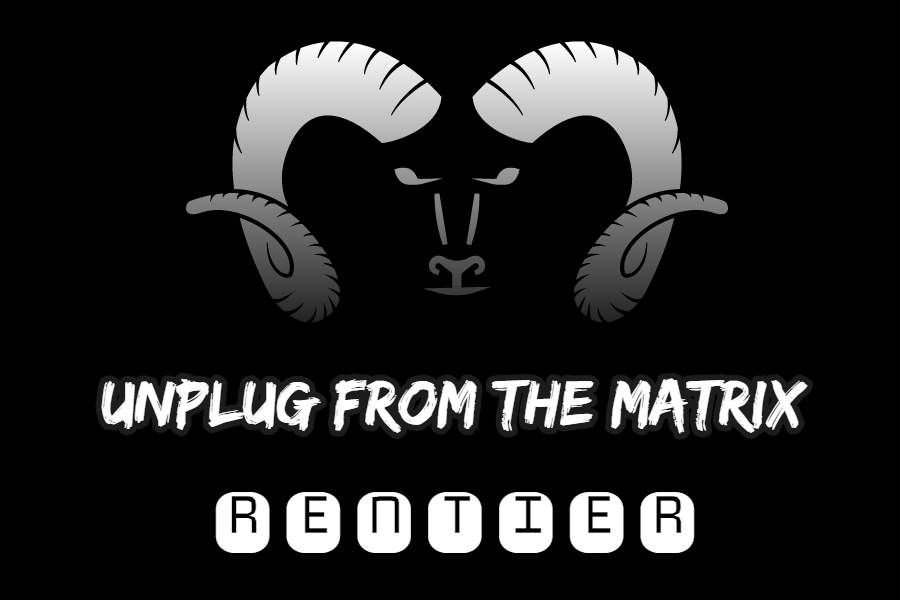
Beyond The First Million
Reaching the $1 million milestone has fundamentally transformed my investment approach and opened new opportunities in alternative asset classes. This page outlines my strategic shift toward litigation finance and the evolution of my portfolio strategy as I pursue higher returns and accelerated wealth accumulation.
Portfolio Strategy Evolution
My asset allocation strategy has evolved significantly after reaching the first million. I’m now willing to take substantial risk for aggressive growth, recognizing that the journey from $1 million to $3-5 million requires a different approach than the initial wealth building phase.
Strategic Concentration in Litigation Finance
- Aggressive Growth Focus: I’m willing to take substantial risk for aggressive growth
- Concentration Strategy: I go all-in with litigation finance investments, as concentration is the fastest path to wealth building
- Future Expansion: I will enter the world of hedge fund investing when my liquid assets reach $3 million
Asset Class Allocation
I hold a significant portion of my portfolio in litigation finance assets: commercial litigation funding, pre-settlement advances, and law firm financing. Litigation funding is rapidly emerging as an alternative asset class, and the industry is poised for explosive growth over the next decade. This strategic shift represents the culmination of my extensive research into the third-party litigation funding industry.
Investments in unsecured personal loans and fix-and-flip hard money loans have been undergoing liquidation over the last several years. I will consolidate all retirement accounts into a Merrill Edge brokerage account for better portfolio management and access to institutional-grade investment opportunities.
LexShares Investment Performance
My LexShares investments have accrued $800,000 as of November 30, 2018, based on a percentage of recovery. The accrued value is expected to increase by $400,000 annually, demonstrating the powerful compounding effect of litigation finance investments.
Risk-Return Trade-off: The benefit of higher returns from portfolio concentration comes at the cost of elevated risk levels. Investments in legal claims are highly speculative and require careful risk management through diversification and thorough due diligence.
The Litigation Finance Market
The fundamental concept of litigation funding is that lawsuits are contingent assets requiring investment to reach fruition. Litigation finance provides capital to cover legal fees and expenses necessary for case litigation. In most cases, funding is provided on a non-recourse basis to the litigant, meaning the funder receives an agreed share of proceeds from successful litigation outcomes, but loses its investment if the litigation fails—with the litigant owing nothing.
Market Evolution & Trends
The industry has evolved from single-case funding to portfolio funding. Single-case funding refers to financing individual litigations where outcomes are typically binary—either win or lose. Portfolio finance allows law firms and corporations to bundle multiple cases into a single financing agreement. Cases in the portfolio are typically cross-collateralized.
The funder provides a pool of capital to litigants across a large group of cases and receives a predetermined return based on the portfolio’s aggregate performance. Thus, the return on investment isn’t solely dependent on one case’s outcome, providing better risk diversification.
Return on Investment Structure
Returns on commercial litigation investments usually come as a multiple of the investment, a share of the settlement or award, or a combination of both. Deal structures vary depending on case types:
- Breach of Contract Cases: Tend to have fixed caps on recovery amounts
- Intellectual Property Cases: Offer wider outcome ranges due to the fact that monetary damages depend largely on infringement prevalence by other parties and patent usage frequency without proprietor consent
Generally, the industry remains fairly opaque with no pricing uniformity. Historically, funders have sought average returns of 2.7x, but this can reach 10x for high-risk intellectual property funding or drop to 1.5x for appeal funding with solid records. All indicators point to a seller’s market in the current litigation funding industry.
The market allows funders to invest their own capital and receive venture capital-like returns. Large, publicly traded litigation funders in Europe and Australia consistently post extremely high returns. They invest substantial amounts in litigation types like class actions, then receive 20% to 40% of billion-dollar settlements. This is how major players achieve significant payouts and become billion-dollar companies.
Litigation Finance Investment Platforms
LexShares – Commercial Litigation Focus
Commercial litigation funding provides non-recourse funding for meritorious business disputes including contracts, patents, intellectual property, antitrust, fraud, whistleblower cases, and international arbitration. It offers strong historical returns and a moderate investment lifecycle.
While the industry is generally dominated by institutional investors, LexShares enables individual investors to access litigation finance assets through their online platform. I aim to invest in individual commercial cases to build a diversified portfolio of over 20 cases with a total claim value of $2 million. This represents the best high-yield investment option for risk takers.
YieldStreet – Consumer Litigation Focus
Consumer litigation funding provides non-recourse pre-settlement advances to individual plaintiffs for living expenses during protracted litigation. Common lawsuit types include personal injury, product liability, medical malpractice, motor vehicle accidents, and general liability.
YieldStreet offers a diversified portfolio of mature personal injury or liability claims with high win probabilities. These investments generate reliable cash flow, but this also means investment returns suffer from idle cash stagnation, impacting performance over time. Cash drag is an inherent issue for multi-million dollar investments. This represents the best low-risk investment option for retail investors with less than one million dollars in net assets.
Litigation Finance Fund – Diversified Approach
There are numerous areas within the litigation finance sector, including personal injury litigation, mass tort litigation, class actions, product liability litigation, and commercial litigation. Funds can provide diversification across these different litigation types with added protection through law firm portfolios.
I will begin investing in hedge funds once my liquid assets reach multi-millions, as this will provide access to institutional-grade litigation finance opportunities with professional management and enhanced risk controls.
Financial Outlook & Strategic Vision
My financial targets are ambitious but achievable: $3 million minimum, $5 million desired, based on projected future spending needs and my vision for financial independence.
While high-yield fixed-income investments provide predictable cash flow schedules, reduce overall risk, and protect against portfolio volatility, we must embrace risk to build massive wealth in our 30s. I took the bold step necessary to increase upside potential for outsized returns.
Key Investment Philosophy: “A wrong decision is better than no decision.” Overcoming loss aversion is the key to achieving financial independence at an early age. The journey beyond the first million requires calculated risk-taking and strategic concentration in high-return alternative assets.
Strategic Insights & Lessons Learned
Reaching $1 million has taught me that wealth building is as much about psychology as it is about strategy. The transition from wealth accumulation to wealth acceleration requires:
- Strategic Risk Taking: Embracing calculated risk for higher returns
- Portfolio Concentration: Focusing on high-return alternative assets
- Market Timing: Capitalizing on emerging asset classes before they become mainstream
- Continuous Learning: Staying ahead of market trends and opportunities
Litigation finance represents the perfect storm of opportunity: an emerging asset class with limited competition, high return potential, and market inefficiencies that create arbitrage opportunities for early investors. My strategic concentration in this sector positions me to capitalize on the explosive growth expected over the next decade.


